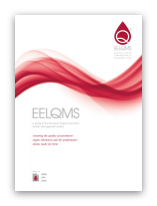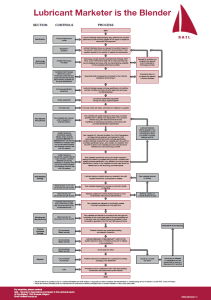For Lubricant Marketers
Under the European Engine Lubricant Quality Management System (EELQMS), lubricant marketers or manufacturers making claims against the ACEA Oil Sequences are required by ACEA to submit a Letter of Conformance to ATIEL.
Participation in the EELQMS implies a commitment to develop and manufacture those engine lubricants for which compliance with ACEA European Oil Sequences will be claimed, or to have such engine lubricants developed or manufactured by third parties in accordance with the guidelines described in the Code.
It also implies a commitment to ensure an independent audit of the development and manufacturing process. These commitments are made in a Letter of Conformance issued by the participating entity to ATIEL.
The Marketers’ Letter of Conformance can be downloaded here.
For Base Stock Manufacturers
Base stock manufacturers, including partner groups, wishing to declare that they manufacture base stocks in accordance with the ATIEL Code of Practice (Base Stock Quality Assurance guidelines described in Appendix B) may also sign a Letter of Conformance.
The Base Stock Manufacturers’ Letter of Conformance can be downloaded here.
EELQMS New Tools:
Benefits of signing the EELQMS
Marketers’ Letter of Conformance

OEMs
• Controlled and consistent quality of engine lubricants
• Wide availability of lubricants meeting ACEA requirements
• Protection against warranty claims

End user
• Trouble-free operation
• Confidence in lubricant performance claims
• Wide availability of lubricants
of appropriate quality

Lubricant and additive industry
• Timely, cost-effective engine lubricant development
• Common approach & standards (level playing field)
• Formulation optimisation and controlled flexibility to ensure wide availability of appropriate quality lubricants



Signatories are not restricted to European lubricant marketers but include companies from across the world that wish to market lubricants with ACEA performance claims.
Provide us with your feedback on The Code of Practice






